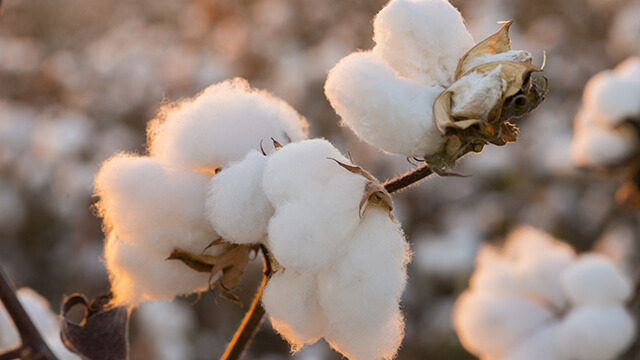The Cotton Association of India (CAI) maintained its pressing forecast for the 2023–24 season at 294.10 lakh bales weighing 170 kg apiece, which helped lift the cotton prices, which were represented by Cotton candy, to close up 0.75% at 56,120. Atul S. Ganatra, President of c, stated that opening stocks, imports, and market arrivals combined to provide an estimated 92.05 lakh bales of supply by the end of November.
Some respite has been given by reports of a decrease in pink bollworm infestation in the cotton crop. Between 2017 and 2018, the infestation was 30.62%; by 2022–2023, it was 10.80%. Infestation is still seen, meanwhile, in regions of the nation that grow cotton. According to ICE (NYSE:ICE) data, certified cotton stocks—which are deliverable against contracts—markedly declined from their peak in more than two years on December 1st to 6,325 bales on December 5th.
For the second year in a row, worldwide cotton production is predicted by the International Cotton Advisory Committee (ICAC) to surpass consumption. For the 2023–2024 season, it is anticipated that global cotton lint production would increase by 3.25% year over year to 25.4 million metric tons, while consumption will slightly decrease to 23.4 million metric tons.
Although production and ending stocks are higher, consumption is marginally down on the U.S. cotton balance sheet for 2023–2024. Global cotton balance sheets show increased stockpiles and output but decreased consumption. Roughly 3.2 million bales, or 22.5% of utilization, are expected as ending stockpiles. With open interest rising by 6.84% to 203, the market appears to be seeing new purchasing from a technical perspective.

